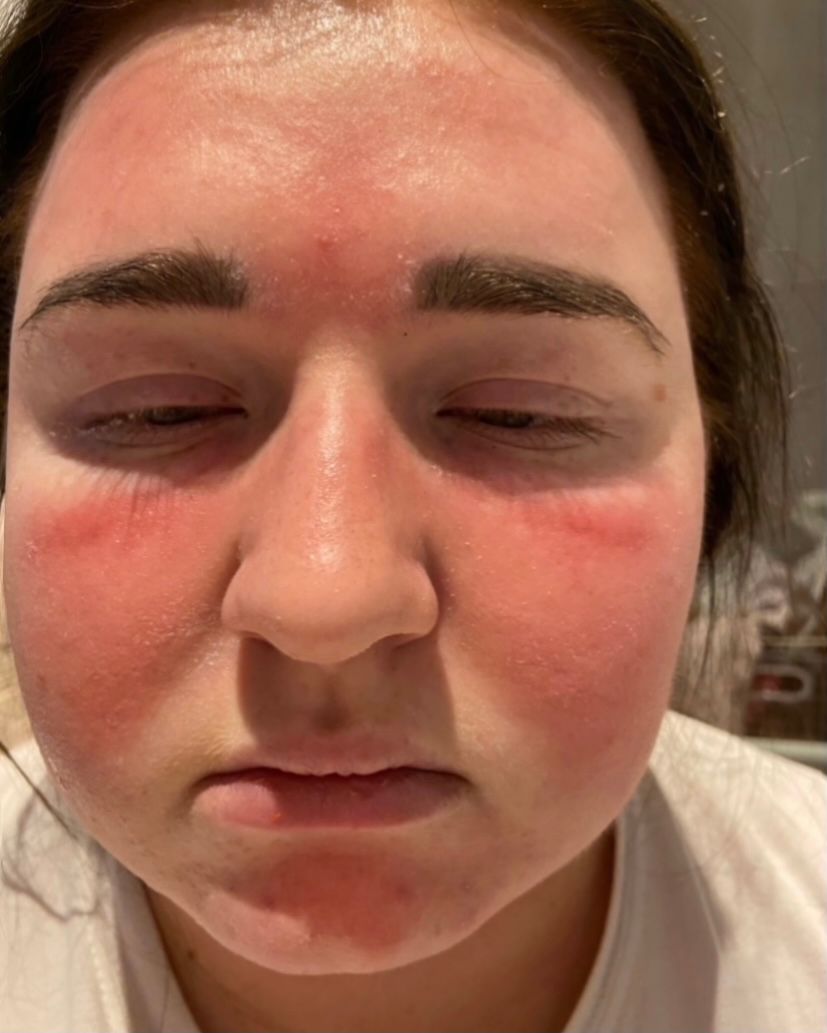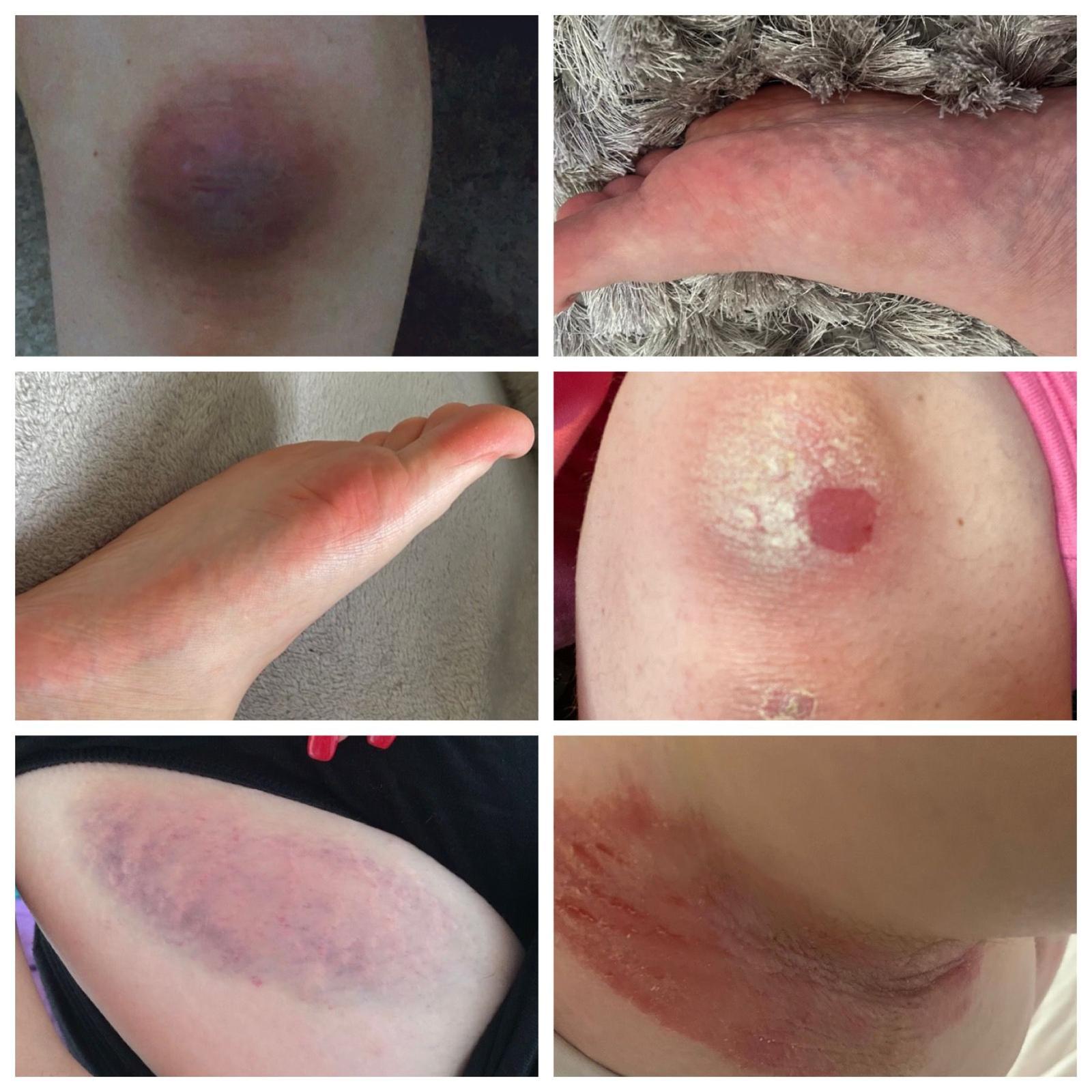Young woman diagnosed with ‘suicide disease’ faces race against time: ‘I’m being burned alive’
Desperate mother fighting to save her daughter’s life clinging on to ‘one last hope’
Your support helps us to tell the story
From reproductive rights to climate change to Big Tech, The Independent is on the ground when the story is developing. Whether it's investigating the financials of Elon Musk's pro-Trump PAC or producing our latest documentary, 'The A Word', which shines a light on the American women fighting for reproductive rights, we know how important it is to parse out the facts from the messaging.
At such a critical moment in US history, we need reporters on the ground. Your donation allows us to keep sending journalists to speak to both sides of the story.
The Independent is trusted by Americans across the entire political spectrum. And unlike many other quality news outlets, we choose not to lock Americans out of our reporting and analysis with paywalls. We believe quality journalism should be available to everyone, paid for by those who can afford it.
Your support makes all the difference.Natalie Martin will never forget the day she came home to her daughter screaming in agony after school.
It was day one of six brutal years watching her teenage daughter suffer endlessly with Complex Regional Pain Syndrome (CRPS).
Amelia Martin was a healthy 17-year-old when the first signs of CRPS – more commonly known as suicide disease – first appeared in September 2017.

CRPS is a poorly understood condition where a person experiences persistent severe and debilitating pain, according to the NHS, and there is no known cure.
The skin of the affected body part can become so sensitive that a slight touch, bump or even a change in temperature can cause intense pain.
Amelia first started to get pins and needles and odd episodes of her skin burning. One day she showed her mother two big bruises on her groin but thought she had accidentally bumped her legs.
The CRPS then hit with full force when Amelia experienced severe pain in her two big toes after school one day.
“She kept saying her toes are burning. She wouldn’t let me touch her. She said she felt like she was going to die,” Ms Martin, a 48-year-old beauty therapist from Canterbury, Kent told The Independent.

Amelia was rushed to the doctor who suggested she had an infection in her toes because they were both red and inflamed.
By the morning, her body started to shut down and she lost the use of her limbs, her sense of taste and touch.
She was kept in hospital for five weeks as doctors scrambled to understand what was wrong with Amelia as she told them she felt like she was being “burned alive”.

Eventually, she received her diagnosis of CRPS as well as small fibre neuropathy – a nerve disorder that is marked by severe pain attacks – as well as an allergy which results in her skin peeling every time it is in contact with water.
She has muscle spasms, tremors, and weakness in her limbs which has robbed her of the ability to walk. She can now only walk on her hands and knees. The slightest touch or a temperature change will cause her extreme pain.

Speaking about her daughter, who is now 23, Ms Martin said: “She looks at four walls, she doesn’t leave the house unless we take her to appointments. It’s a lonely existence for her and for us.
“It’s hard to see all her teen years have gone and now what is there for her?
“Before she got diagnosed, she was head girl at school. She had started driving lessons. It has all been taken away from her and nobody can tell us why.”
The family has “exhausted” their options in the UK and has now set up a GoFundMe page to raise money for treatment in Arkansas, US.
“The Spero Clinic is the only clinic in the world offering any treatment, but they do not claim to cure. They can bring down pain levels to two or three. Currently, Amelia has daily pain levels of eight or nine.”
The initial sum needed for treatment is £112,845, Ms Martin said. However, this is only the minimum amount and does not cover ongoing care.
“It’s something you never ever imagine,” she added, “You live your life so complacently, then something like this happens and you just think how, why?
“If we don’t do something, I know I’m not going to have my daughter next year. This is our only hope, this is all we’ve got.”




Join our commenting forum
Join thought-provoking conversations, follow other Independent readers and see their replies
Comments